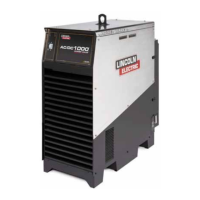
Do you have a question about the Lincoln Electric power wave ac/dc 1000 sd and is the answer not in the manual?
| Brand | Lincoln Electric |
|---|---|
| Model | power wave ac/dc 1000 sd |
| Category | Welding System |
| Language | English |
Health warnings regarding diesel engine exhaust and product emissions.
Information on potential hazards from electric and magnetic fields during welding.
Critical safety information regarding the risk of electric shock while welding.
Precautions for protecting eyes and skin from arc rays.
Health risks associated with breathing welding fumes and gases.
Safety measures to prevent fire and explosion from welding sparks.
Safe handling and positioning of compressed gas cylinders.
General safety guidelines for electrically powered equipment.
Essential safety rules to follow before starting equipment installation.
Proper placement and mounting requirements for the welding unit.
Procedures for safely lifting and moving the welding machine.
Conditions and limitations for operating the unit in various environments.
Information on EMC classification and precautions for industrial use.
Required clearances around the machine for maintenance access.
Guidelines for connecting input power and establishing proper grounding.
Instructions for selecting and connecting the correct input voltage.
How the welding unit connects as part of a larger system.
Proper connection of electrode and work cables for optimal performance.
Understanding how cable inductance impacts welding performance.
Guidelines for connecting remote voltage sense leads for accurate arc control.
Connecting communication and control cables for system integration.
Critical safety instructions to follow before operating the equipment.
Explanation of different welding modes like Synergic and Non-Synergic.
Overview of the Power Wave AC/DC 1000 SD's features and performance.
Processes the unit is designed for, primarily Submerged Arc Welding (SAW).
Description of the controls located on the front panel of the machine.
Details of the input power connections and components.
Identification of connectors and components on the rear panel.
Steps involved in powering up the machine and status light indicators.
General guidance on making a weld and selecting appropriate programs.
Explanation of how the unit combines AC and DC for SAW.
Managing magnetic interaction and synchronization in multi-arc systems.
Explanation of Constant Current (CC) and Constant Voltage (CV) modes.
Defining the weld procedure from start to finish, including sequence.
Parameters for initiating a weld, such as Delay, Strike, and Upslope.
Parameters for ending a weld, including Downslope, Crater, and Burnback.
Adjustments for Current, Voltage, and Wire Feed Speed.
Fine-tuning AC waveform parameters like DC Offset and Wave Balance.
Synchronizing arc phase relationships to minimize magnetic interaction.
Essential safety guidelines to follow during maintenance procedures.
Regular cleaning and upkeep for the welding machine.
Importance and timing of periodic checks and calibration.
Details on calibration procedures, tools, and software utility.
Instructions on how to effectively use the troubleshooting section.
Interpreting the status LED for identifying system problems and errors.
List and explanation of possible error codes for the power source.
Common machine problems, possible causes, and recommended actions.
Electrical schematic for the main power source unit.
Wiring schematic specific to the AC switch component.
Physical dimensions and layout of the welding equipment.
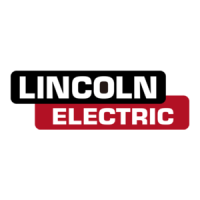

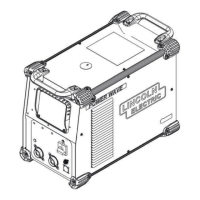
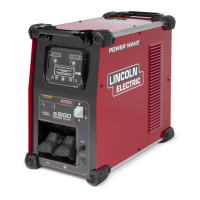
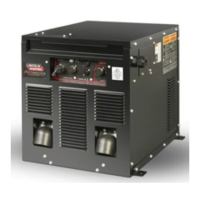
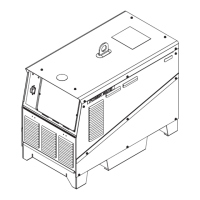
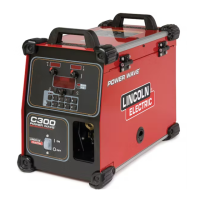
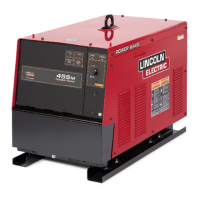

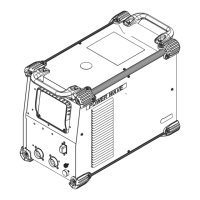
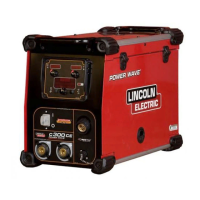
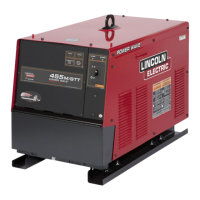
